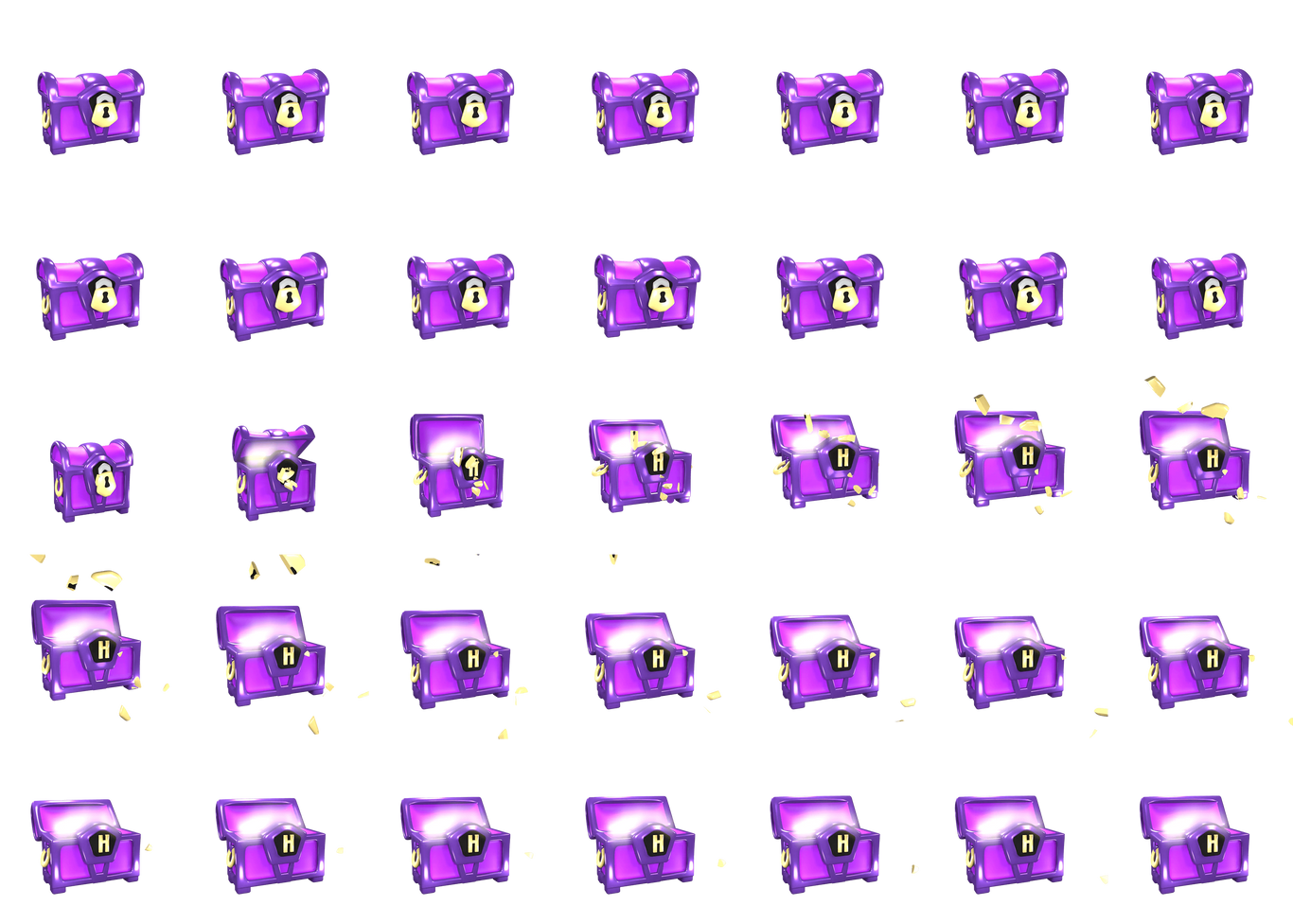6th grade Q4
Menu
Create problems involving electric and water consumption
77 How do you create problems involving electric and water consumption, with reasonable answers?
To create problems involving water and electric consumption, start by understanding the basic components of a utility meter. These meters measure the amount of water or electricity used over a period of time, typically in units such as cubic meters or kilowatt-hours (kWh).
- Identify Initial and Final Readings: Begin by selecting initial and final readings from a hypothetical or real meter. For example, a water meter might show an initial reading of 1750 cubic meters and a final reading of 1870 cubic meters.
- Calculate Consumption: Subtract the initial reading from the final reading to determine the total consumption. Using the example above, the water consumption would be cubic meters.
- Create a Scenario: Develop a realistic scenario around these readings. For instance, "A family used 2.5 cubic meters of water over a week. How many cubic meters did they use per day on average?"
- Introduce a Comparison: To add complexity, introduce a comparison element. For example, "If the average daily water usage for a family of four is 2 cubic meters, did this family use more or less than the average?"
- Check Reasonableness: Check if the answer are reasonable by comparing the calculated consumption with typical usage statistics. For instance, if the average household uses 0.3 cubic meters per day, a weekly usage of 5 cubic meters might seem unusually high.


